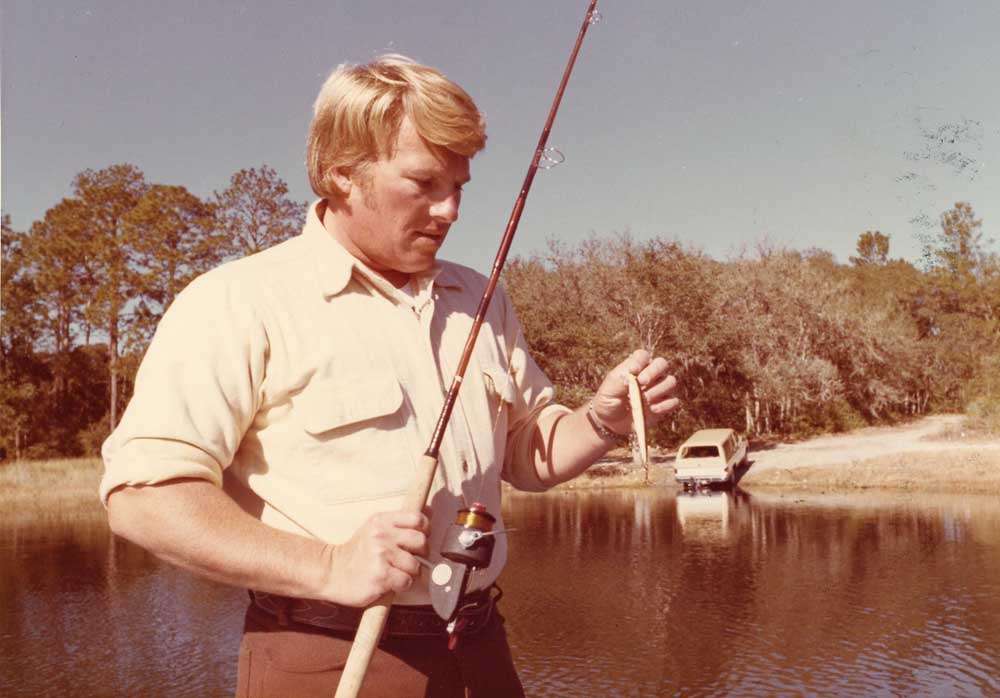
Q: What is pattern fishing?
A "pattern" is the exact set of water conditions such as depth, cover, structure, temperature, clarity, currents, etc., which have produced bass at similar locations all over the same body of water. It was first defined by the legendary Roland Martin in 1969.
Angler all-time great angler and lure designer, the late Tom Mann, once oversimplified the concept of pattern, by saying "A pattern is just a good place to fish." That definition doesn't work because there are plenty of good places to fish but none of them are always good.
Patterns change frequently. A pattern that's good now might be terrible tomorrow, and there could be several successful patterns existing at any one time on any body of water —especially a giant reservoir or lake. It is the angler's challenge to find the best pattern that produces the biggest bass.
"Pattern fishing" is the practice of identifying those water conditions that produce successful fishing and repeating them all over that body of water over the course of several hours, days or (on rare occasions) weeks. When conditions are stable, a successful pattern can last a longer time. When conditions are changing rapidly, a successful pattern may evaporate in hours or even minutes.
Successful anglers not only note the water conditions of a pattern, but also the bait types, sizes and colors that are most successful under those conditions. The more detail that can be accurately ascribed to a pattern, the stronger the pattern will be, though as a pattern gets more focused, it may be difficult to repeat it in very many places even on the same body of water.





